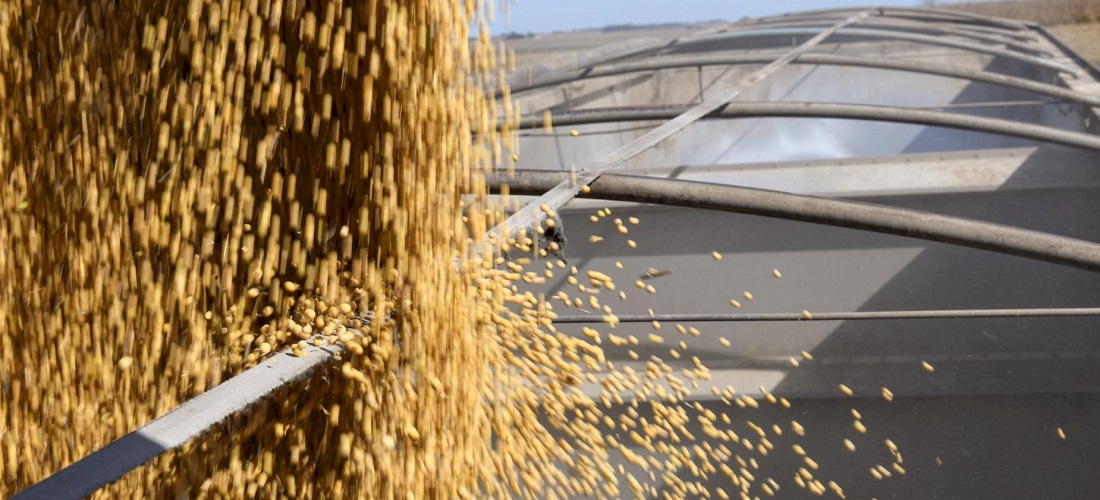
Brazil’s soybean plantation exceeds 5-year average
Nov, 04, 2019 Posted by Sylvia SchandertWeek 201945
Soybean planting in Brazil reached 46% of the estimated area for the 2019/20 crop, which began to be planted in mid-September, lower than the 60% seen last year, said AgRural on Monday (11/04), citing the scarce rainfall.
Despite the slower planting rate compared to 2018, the works exceeds the five-year average for the period, at 45% of the estimated area, AgRural added.
This season, Brazil is expected to reap a record crop of 121m tons, after a 1.3% increase in planted area to 36.4m hectares.
With 84% of the planted area in Mato Grosso, the main grain producing state in the country, and an increase of rainfall in Paraná, where planting reached 60% of the area, now all eyes turn to Mato Grosso do Sul, according to AgRural.
Although planting advanced well last week, to 58% of the area, the state received little rainfall, which forced some farmers to replant, AgRural said.
There are also concerns about planting the country’s second corn crop, which occurs after the soybean harvest, the consultancy said, referring to the situation in Mato Grosso do Sul.
If the rains expected this week are confirmed, sowing of soybeans in southern Mato Grosso do Sul will end within the first half of November, allowing corn to be planted within the normal window of the region, which runs until mid-March, added AgRural.
However, the ideal would be that the planting of the “small harvest” of corn would occur until the end of February, to avoid the productivity from being more susceptible to the reduction of rainfall and possible frosts from May, concluded the consultancy.
Source: Reuters
-
Ports and Terminals
May, 11, 2022
0
The privatization of the Port of Santos dominates Brazil’s roadshow in the US
-
Other Logistics
Jun, 24, 2021
0
Vale increases investments to reduce emissions from $2 bi to up to $6 billion
-
Trade Regulations
Jul, 29, 2019
0
China increases US soybean imports
-
Ports and Terminals
Sep, 08, 2023
0
Ministerial Directive bans outsourcing security activities in Brazilian public ports



